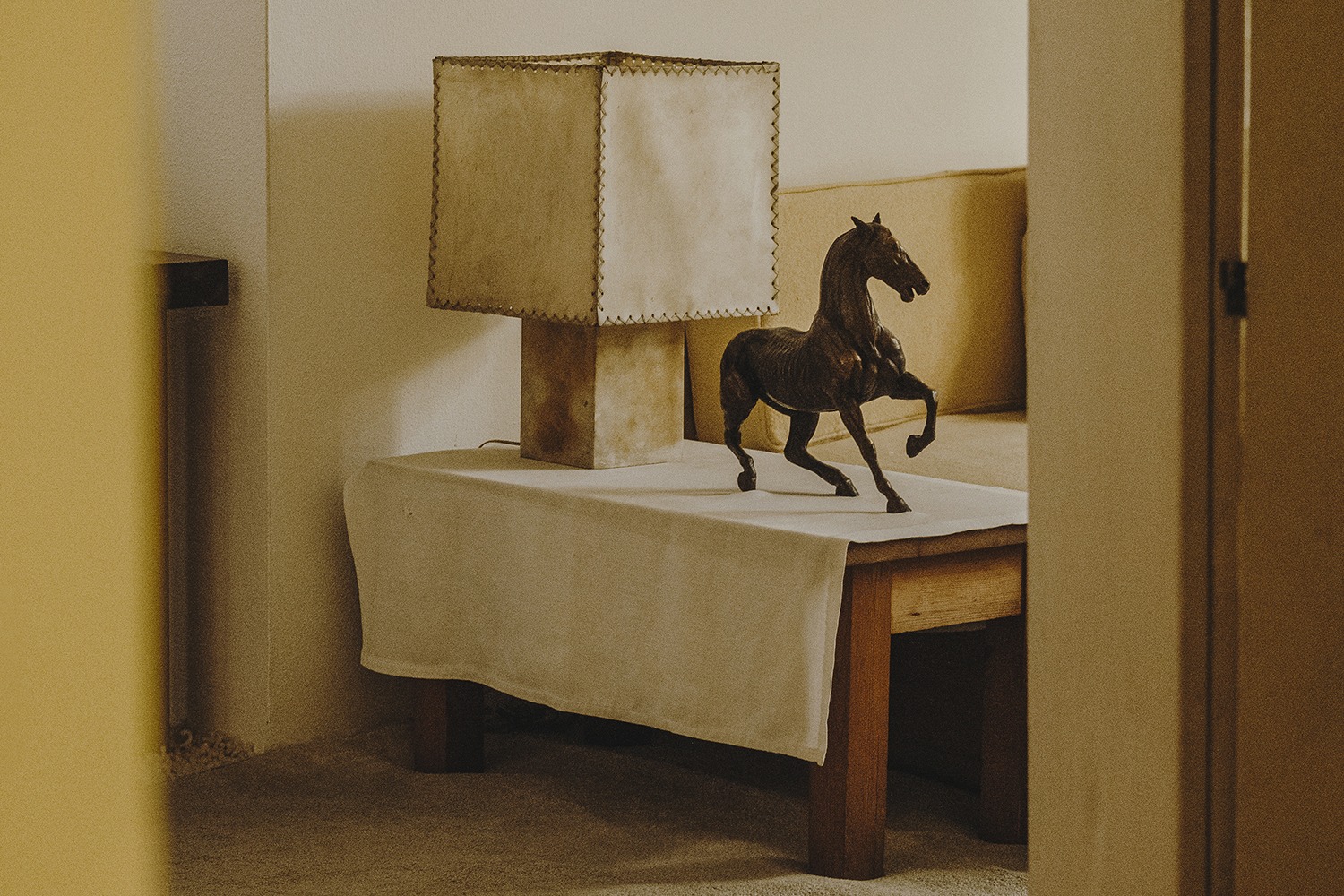We gather the stories in this issue with the theme of “heritage”: a word built on concepts of ownership and value, and a word that distracts us with its implication of lineage and authority. With a smooth motion, “heritage” pulls the past forward enfolding it with a kind of reverence and care.
One’s heritage can be as legally surveilled and material as inherited property, as personal and shapeshifting as genetics, identity or personality, and as shared and dynamically assertive as culture. But as heritage lubricates “continuation” at each of these different levels, it also glosses over the potential bumpiness of those transactions and the challenges they may invite. Heritage, after all, can be supportive or confining, embracing or excluding, reinforcing or alienating.
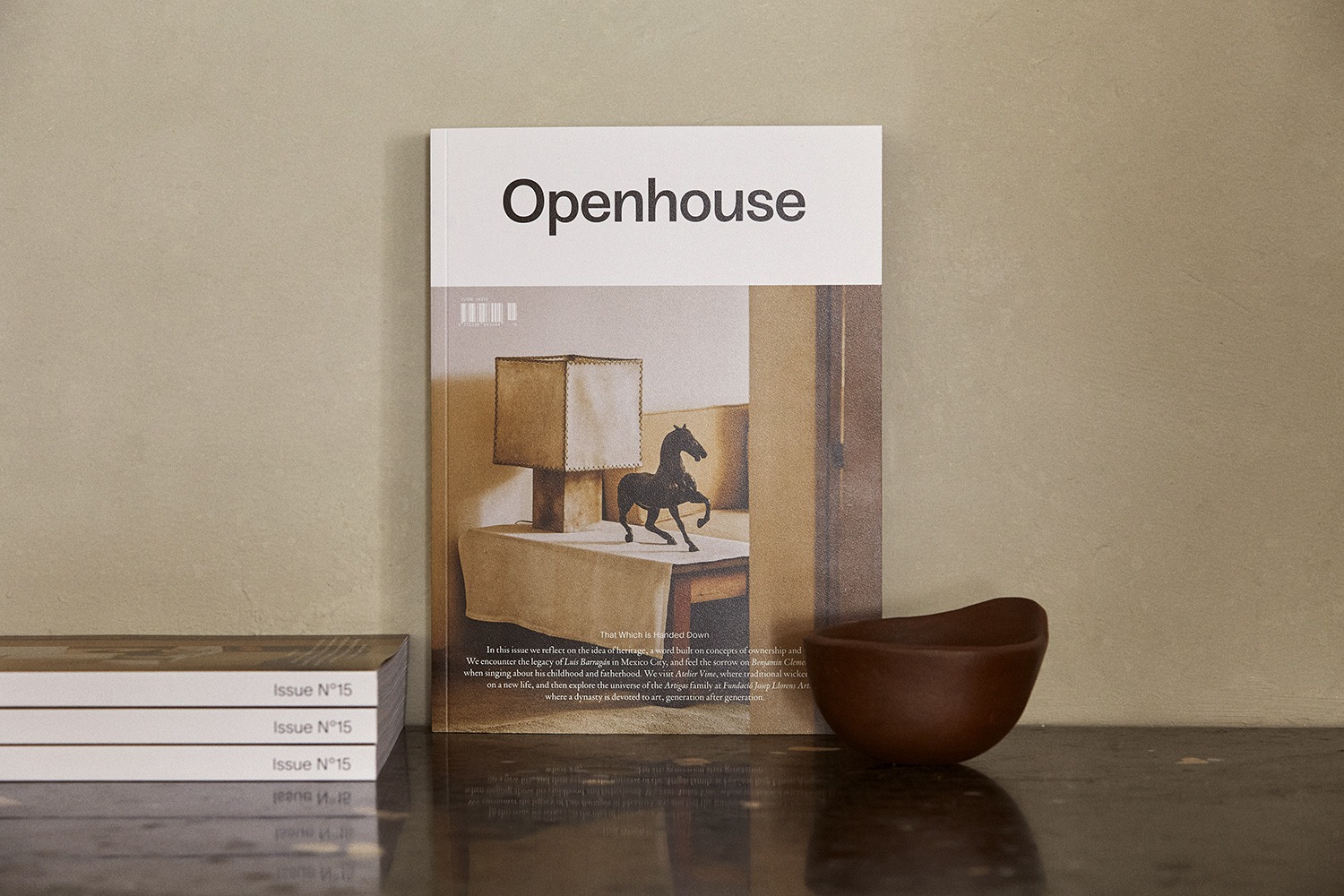
If we just look past this smoothing word, there is a complicating richness, more difficult, more interesting. What is just below that surface? Whose heritage? What values? Whose ownership? Does “heritage” lull us into unexamined nostalgia? Or, with our agency, might “heritage” become more active?

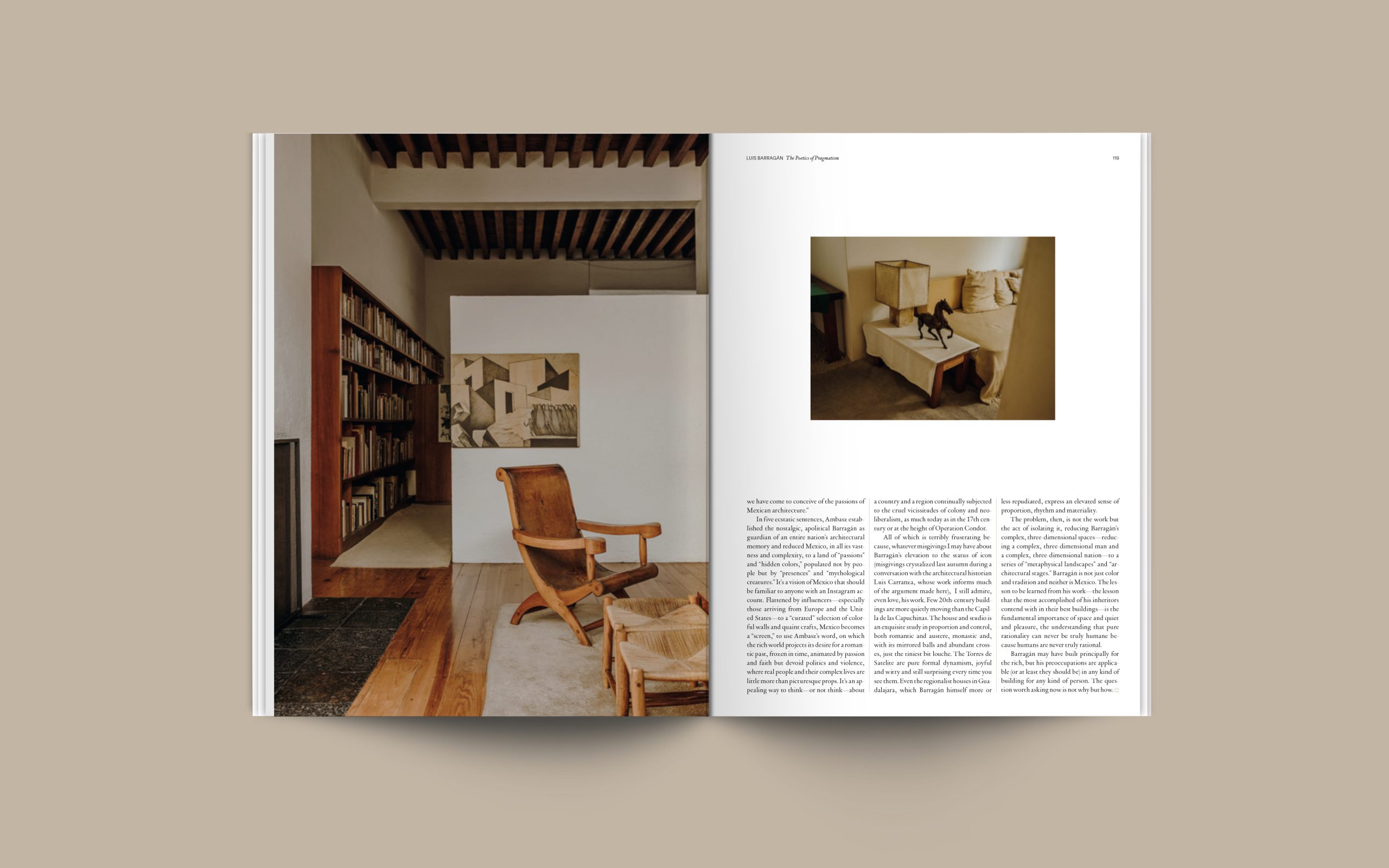
This magazine does not purport to take on this discussion theoretically, but we do hope to offer, in this issue, instances of reconsideration, of what heritage might mean. A visit to Louis Armstrong’s home attends to his personal space of retreat and relaxation, softly reframing his more one-dimensional public persona; we glimpse what stories are left out by a dominate cultural heritage.
Spending slow time at the Casa Barragan might remind us of how artistic legacies endure beyond their makers’ lifetimes, and the unsmooth transitions they may encounter when negotiating competing economies and missions. An evening with singer songwriter Benjamin Clementine introduces conscious resistance: difficult inherited family narratives are interrupted and creatively transformed by his reflective musical inventions, both for himself and for his audiences.
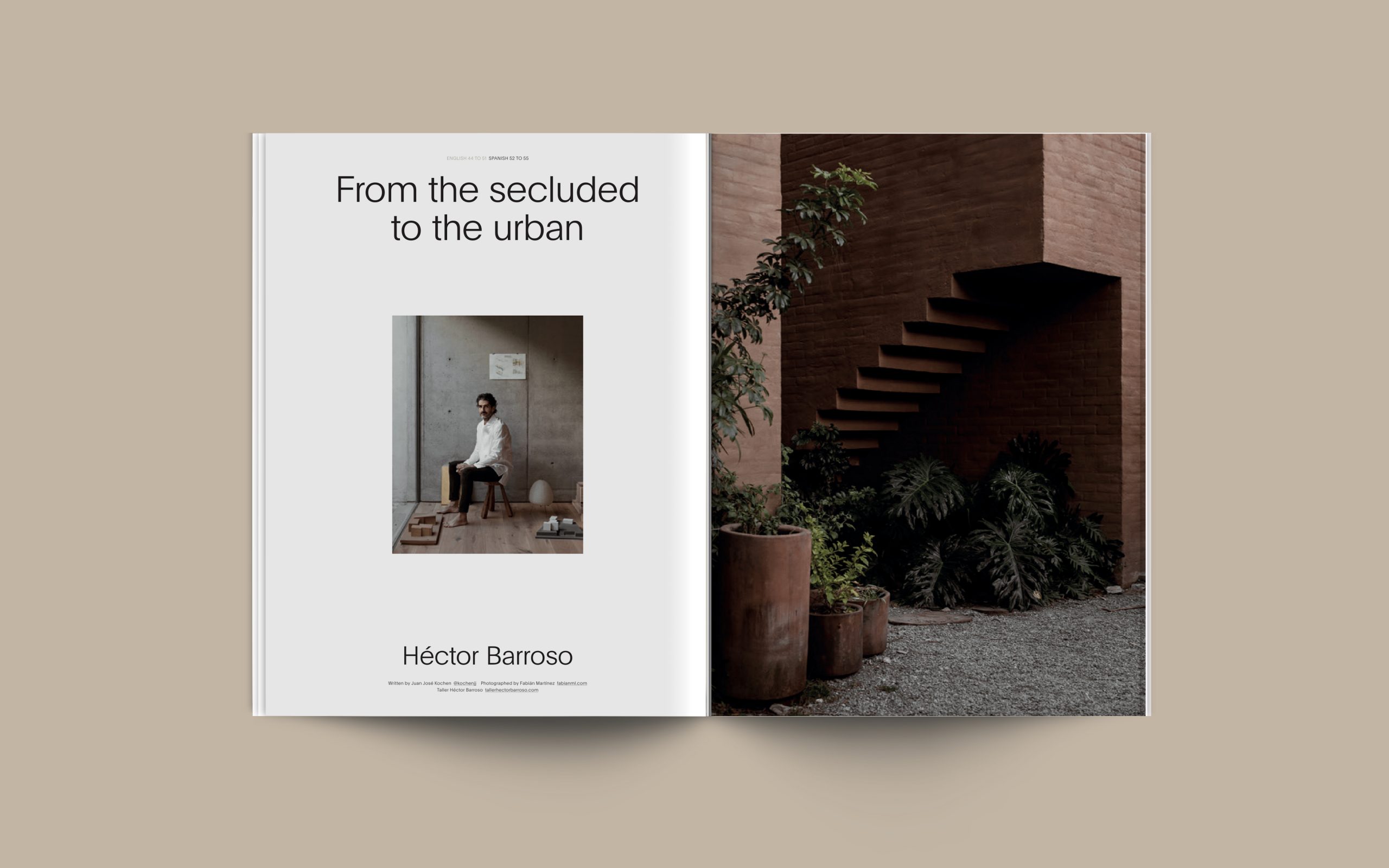
The pages of this magazine often present the heritage of craftsmanship and materials, honoring qualities of a past, and in so doing, we reinforce certain narratives. It seems that especially what the hand touches wants to linger as heritage: manual techniques, elemental matter, enduring design. At first reading, Atelier Vime’s basketry revival in France seems to align with this true, but simpler reading of heritage. But here we find that even as they reconstitute a workshop community of traditionally skilled artisans, Atelier Vime also responds to contemporary issues of climate change, by relocating their wicker plantation beyond “inherited” geographies and stretching the boundaries of their heritage.
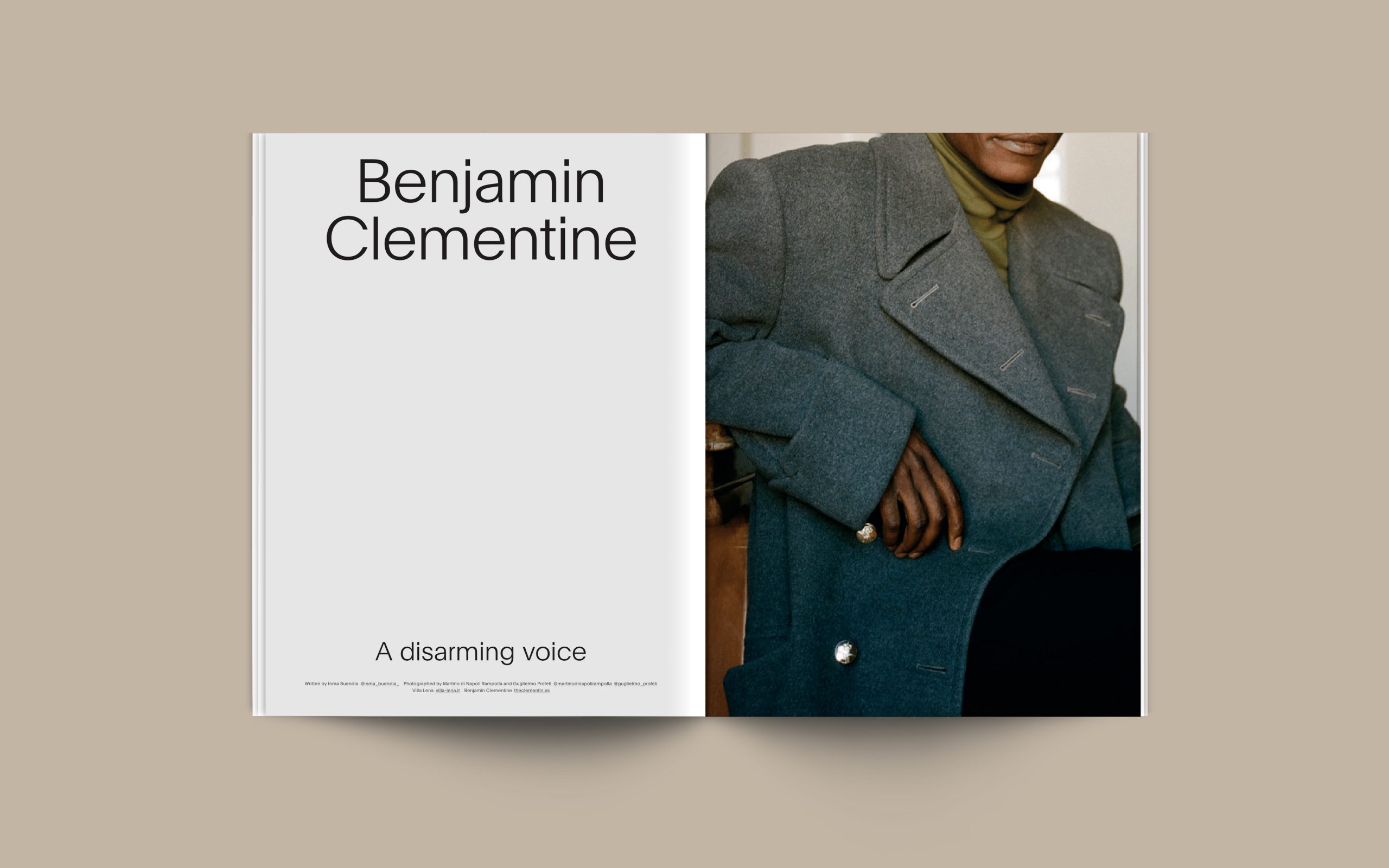
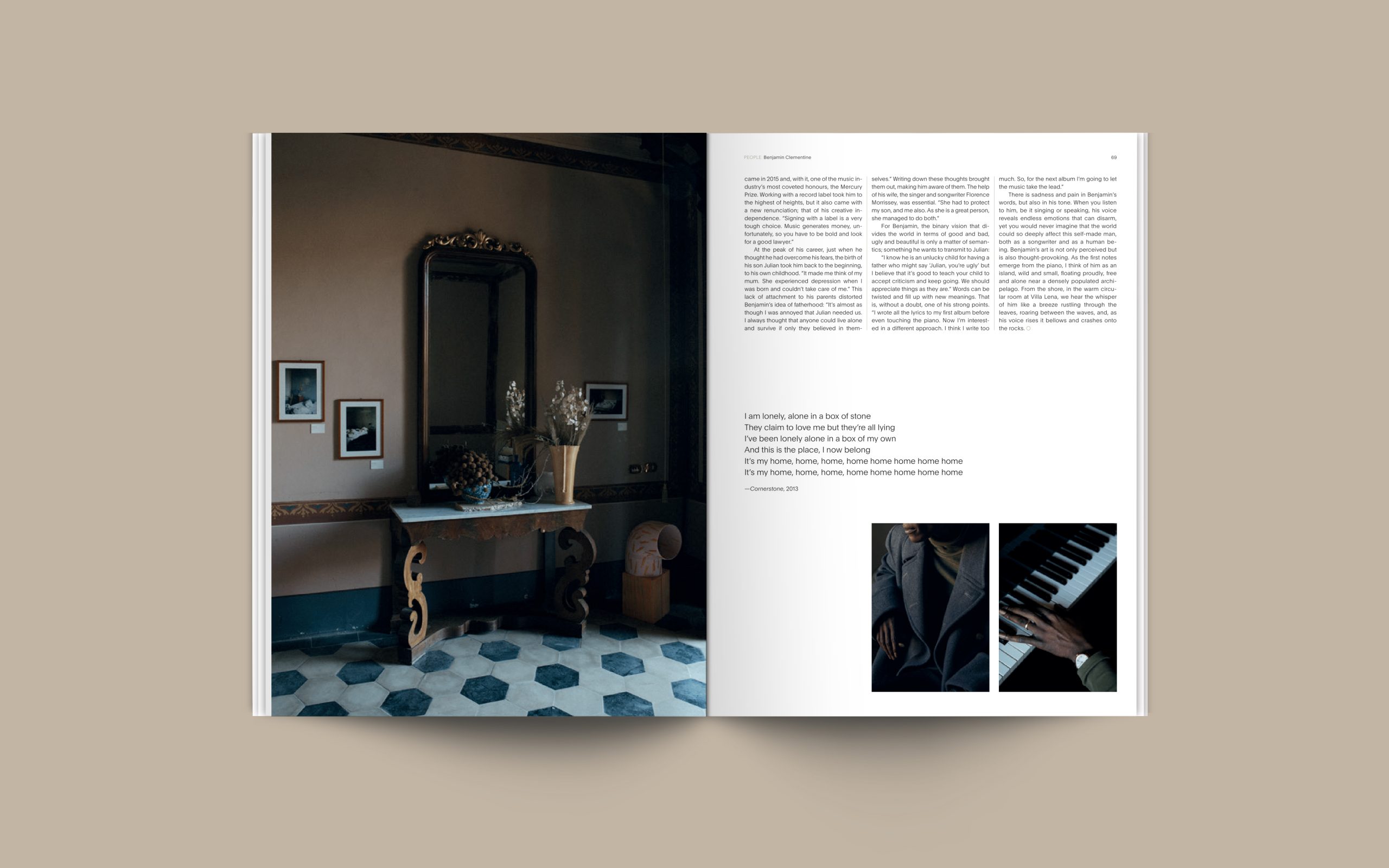
What we hope emerges in this issue, is “heritage” with a messier energetic. More pattern than a simple linear trajectory; more opportunities for disruption, inclusion and expansion. An unsettling of that which prefers to stay settled; more creation than re-creation.

